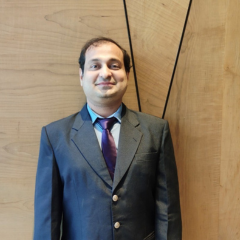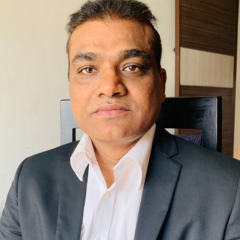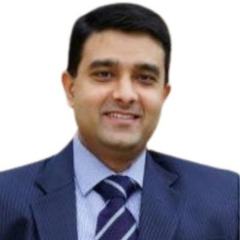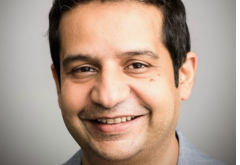By 2026, India’s partner community is set to witness exponential growth, driven by a clear frustration among CIOs with dealing directly with technology brands. For many enterprise leaders, direct engagement with OEMs has too often meant being pushed the latest products rather than being offered innovative, business-aligned solutions. This dynamic is creating a massive opening for the partner ecosystem, which is increasingly being viewed as the true co-innovator and trusted problem solver.
Research by Foundry highlights that 68% of CIOs globally now plan to consolidate their vendor landscape, cutting the number of suppliers by as much as 20%. The reason is simple: CIOs no longer want to play referee between multiple OEMs that pitch overlapping solutions. Instead, they prefer a single point of contact in the form of channel partners who can simplify vendor complexity, integrate best-of-breed solutions, and deliver measurable business outcomes. Reliability and trust are central to this preference. As Tom Lynch, CIO of Cook County, Illinois, observed, “Primarily, vendors should be reliable. If a vendor delivers consistently on their obligations, then I’ll be far more likely to reuse them later.” This sentiment resonates deeply in India, where CIOs are under pressure to deliver digital outcomes at speed without being overwhelmed by vendor sprawl.

| Kinjal Shah, CIO of Yes Securities |
Across Indian industries, this shift is already visible. Kinjal Shah, CIO of Yes Securities, underlines the point: “From KYC to risk engines and trading platforms, we maintain a multi-vendor ecosystem, but the key is evaluating them annually and co-developing with trusted partners.”

Rajkumar Ayella, Group CIO of KEC International
Similarly, Rajkumar Ayella, Group CIO of KEC International, has streamlined his vendor base: “We’re narrowing to two or three core vendors in each domain, but security still requires multiple players.” Both perspectives point to the growing importance of partners as orchestrators, managing multiple niche vendors under one umbrella while providing CIOs a single face of accountability.

Ninad Raje, CIO of Jaguar Group,
The dissatisfaction with OEMs is also cultural. CIOs believe brands often chase quarterly sales quotas, limiting their ability to act as long-term strategic advisors. Ninad Raje, CIO of Jaguar Group, summed it up: “We are consolidating IT vendors, but in cybersecurity each layer requires a specialist. Partners who act as orchestrators across these vendors create the most value.” The clear takeaway is that CIOs want solutions, not sales pitches—and partners are stepping in to fill that gap.

Anuj singhal Founder and Chief Analyst , itVARnews
Analysts confirm this transformation is irreversible. Anuj Singhal, Founder and Chief Analyst, notes: “Forget the ‘trusted advisor’ moniker; become a ‘success partner’ because shared-risk agreements are reshaping the channel landscape.” More than 45% of Indian channel firms already describe their model as outcome-focused, tying payments to client success metrics rather than product volumes. Forrester’s Ted Schadler reinforces this view: “Leading firms develop advanced partner strategies that focus on outcomes, share risk, align incentives to motivate all parties, and work in blended teams to achieve better results.”
For India’s partner community, the opportunity is historic. CIOs are openly signaling that they no longer want fragmented engagements with OEMs that lack contextual innovation. Instead, they prefer partners who can act as a single point of contact across cloud, security, AI, and industry-specific solutions. By 2026, partners who evolve into co-creators bringing cross-industry expertise, managing complex vendor stacks, and aligning to business KPIs will not just thrive; they will define the future of India’s digital economy. Those who cling to product-pushing models risk being bypassed as CIOs decisively pivot toward partners that put innovation and customer success at the center.
 Latest Technology News Today – Get Latest Information Technology Updates and Services Latest Technology News Today – Get Latest Information Technology Updates and Services
Latest Technology News Today – Get Latest Information Technology Updates and Services Latest Technology News Today – Get Latest Information Technology Updates and Services 









